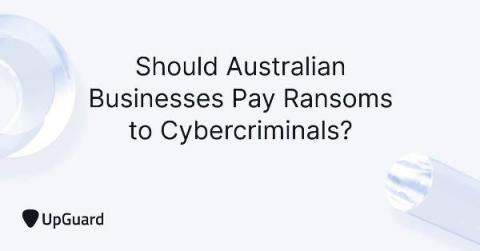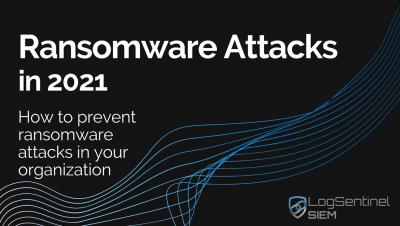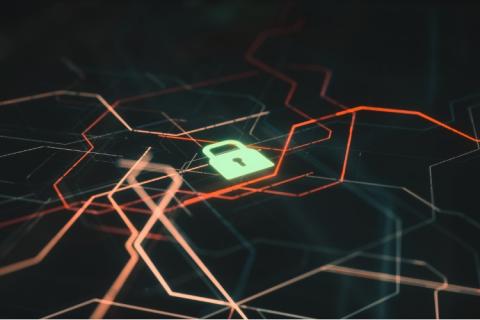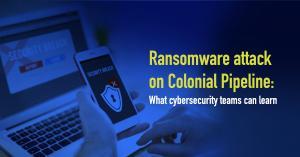Should Australian Businesses Pay Ransoms to Cybercriminals?
The Australian Cyber Security Center (ACSC) strongly advises against paying ransoms of any amount to cybercriminals. In some circumstances, these payments could even be illegal. The Australian government is tightening its cybersecurity regulations to align with the United State's new stance on nation-state threats. As a result, there have been significant changes to how Australian businesses are expected to respond to cyberattacks.










